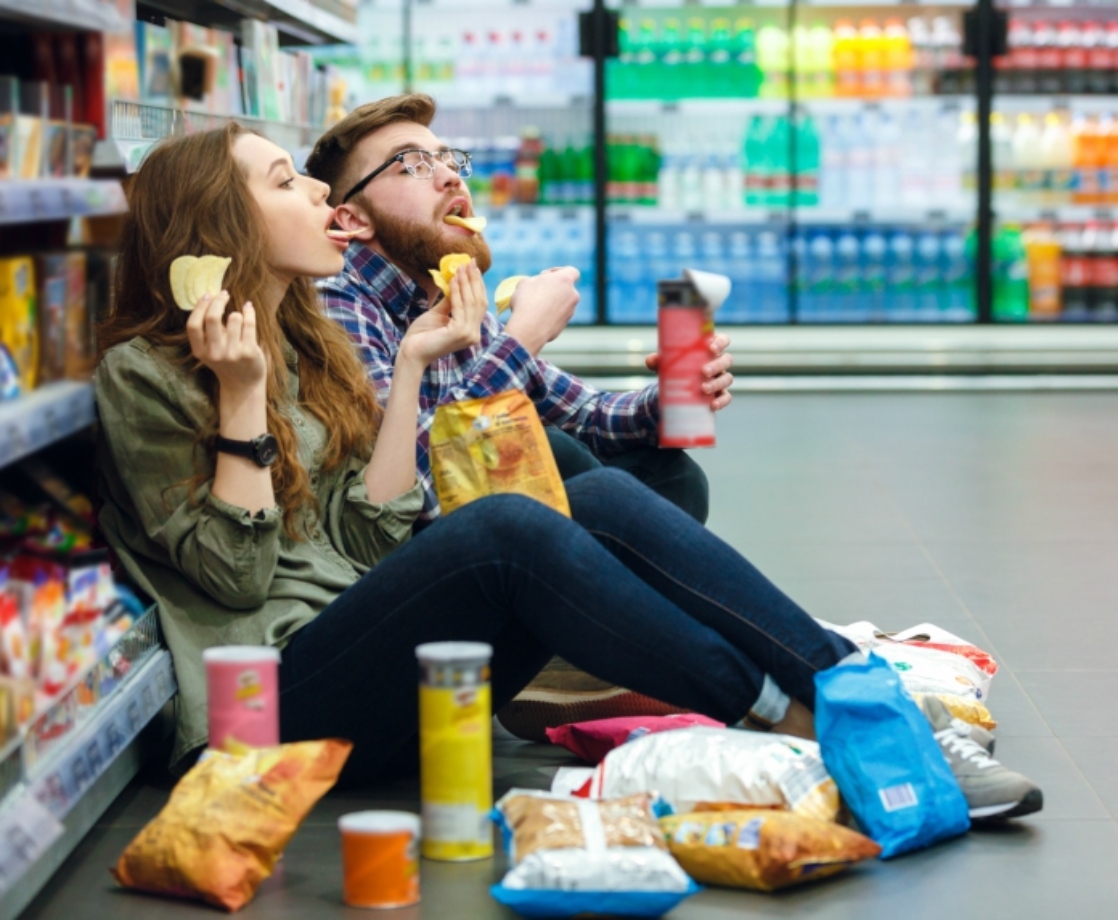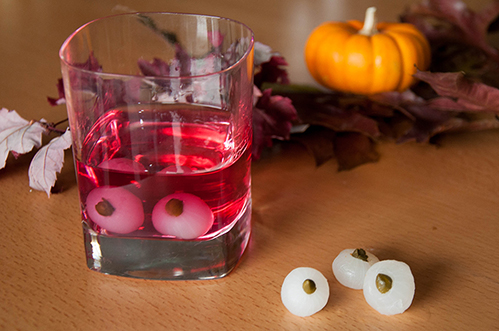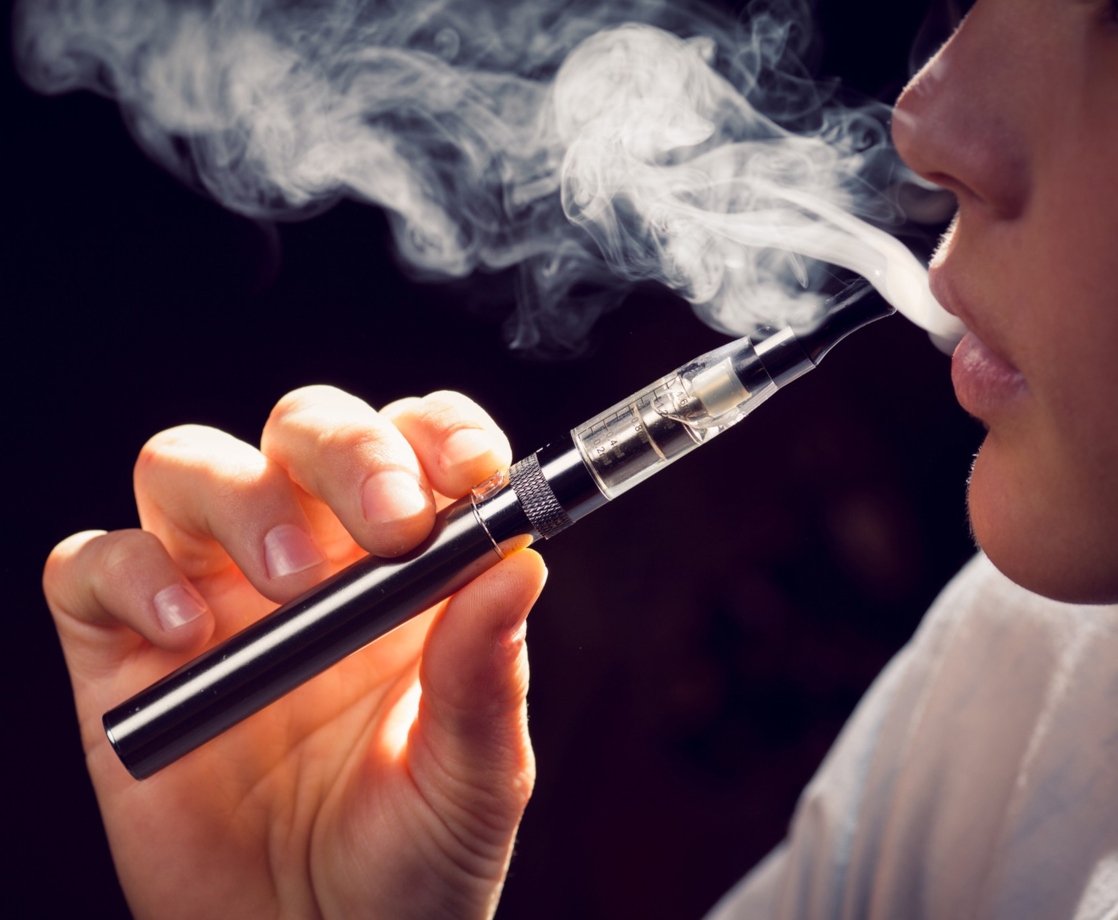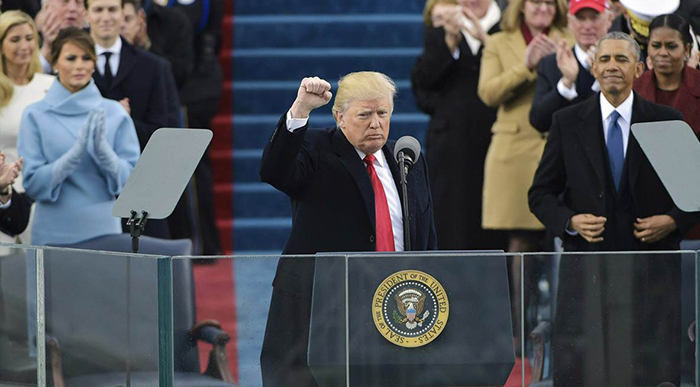Every toker has experienced the munchies: the irresistible urge to devour anything and everything in sight after peeling themselves off the couch. And, not so shockingly, a new market report confirms that in states where weed is legal, snack and junk food sales increased after legalization.
The study, which comes from Nielsen, the same company that ranks TV show viewership ratings, discovered that weed-legal states experienced snack sale increases at a 7.2 percent compound annual growth rate (CAGR). In prohibition states, snack sale CAGRs are only at 6 percent, Market Watch reported.
A one-percent lead may appear minuscule, but when it comes to macroeconomics, that tiny margin can amount to a difference of millions of dollars in sales.
“These might seem like small numbers,” Michele Baggio, an economics professor at the University of Connecticut, told Market Watch. “But they’re statistically significant and economically significant as well.”
Earlier this year, Baggio co-authored a separate study that discovered a similar snack sales trend, but her research only looked at Colorado, Oregon, and Washington State. In her study, she determined that potato chip sales went up 5.3 percent after legalization. Cookie sales jumped 4.1 percent, and ice cream sales saw a 3.1 percent increase.
Another study, this one from 2017, found that pot smokers often purchase fast food shortly after getting lit, with McDonald’s and Taco Bell being the two most popular munchies spots.
Both the Nieslen and University of Connecticut studies proposed that increased hunger caused by consuming cannabis – the munchies – could explain why snack food sales climbed after legalization. However, CAGR measures total sales increases, and does not calculate sales in relation to a state’s total changing population figures.
Colorado, Oregon, Washington State, and other states that have legalized marijuana have seen significant increases in population since legalizing, too. More residents means more sales of everything, not just junk food. Legal weed states also draw tourists, which could account for the increases in snack sales, as well.
Follow Randy Robinson on Twitter











